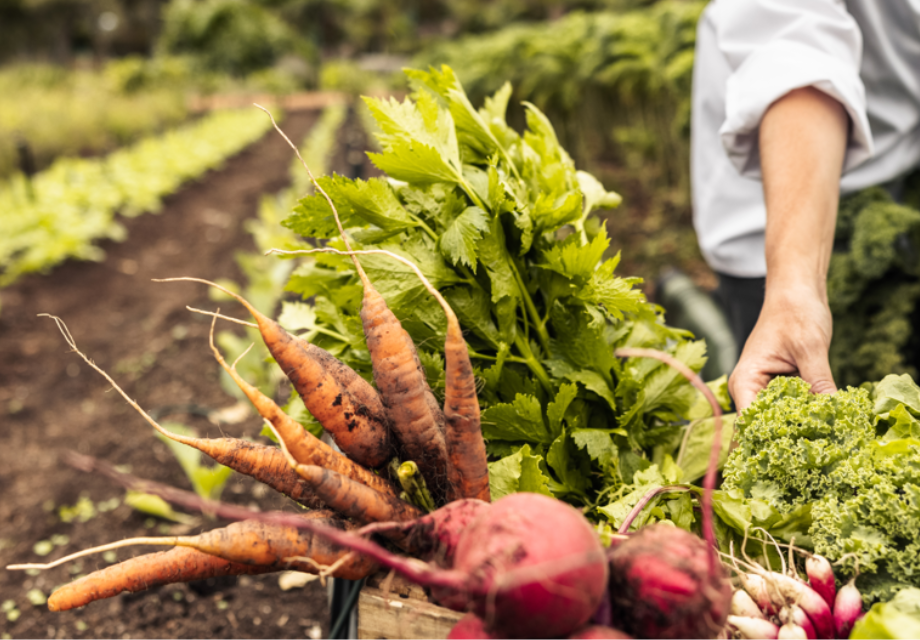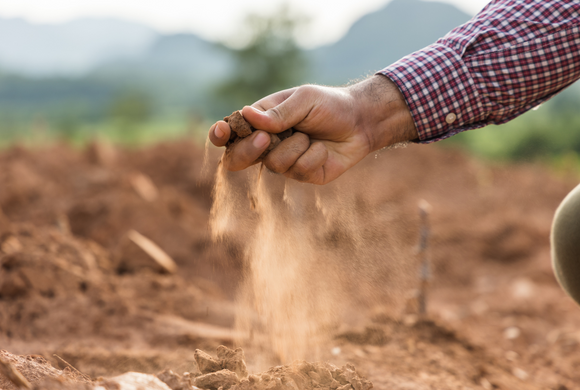
What Is Sustainable Agriculture?
Sustainable agriculture is a topic that is becoming increasingly prominent in conversation, especially with the recent news that our global population has now grown to 8 billion people. With so many people to feed, maintaining sustainable farming practices and achieving eco-friendly agriculture can be difficult, but this doesn’t mean we have to stop trying altogether. It means that we need to start trying more, all together.
If you don’t know what sustainable agriculture is, or you’re just curious about the topic, this article will answer all of your questions.
What is sustainable agriculture?
The goal of sustainable agriculture is to employ farming practices that meet the needs of the population without compromising the ability of future generations to meet their own needs.
Unsustainable agriculture tends to involve the depletion of natural resources, such as the lessened fertility of the soil, and excessive food waste through overproduction. Whereas sustainable agriculture values making the most of the land provided and ensuring its fertility and future viability.
What is included in sustainable agriculture?
Sustainable agriculture doesn’t merely refer to crops and plant life, sustainable agriculture also includes the raising of livestock in a controlled manner. Sustainable livestock production involves making use of not only the meat of an animal but its entire body for different uses including the harvesting of milk and wool.
Sustainable agriculture and eco-friendly agriculture can only be achieved when every sector of the industry, from growers and food processors to consumers and waste managers. Although the growers may do everything in their power to promote soil health and minimise water use, it is the responsibility of the consumer to consume the food they buy, and not let it go to waste.
There are three vital pillars in the battle for sustainable agriculture. The first of which is the social aspect, which ensures food security and guarantees human access to food. This must be considered while employing sustainable agriculture methods. The most effective option for sustainable agriculture would be to reduce food production altogether, but this simply isn’t possible, because people need to eat.
The second pillar is the environmental impact that unsustainable agriculture currently has on the planet. This is where the contemplation of integrated agricultural processes occurs. Our current way of doing things segregates crops into many different fields, which take up vast amounts of space that may one day be completely infertile if we don’t change.
The final aspect is the economic impact. For farms to make changes and consider sustainable agriculture methods, they must turn a profit. The unfortunate fact is that the world is run by money, and if these sustainable agriculture practices don’t prove profitable over the non-sustainable methods, they won’t be employed.
Sustainable farming methods must protect the financial viability of farms and support the longevity of their business, else in the eyes of the farmers, there is no point in abandoning unsustainable methods.
What are the consequences of unsustainable agriculture?

Unsustainable farming practices can result in a plethora of consequences, which is why it is so important to attempt to achieve them. For example, the fuel it takes to transport regional foods that cannot possibly be grown in certain climates, directly contributes to pollution issues we face as a result of the transit industry.
Furthermore, unsustainable agriculture degrades the quality and fertility of soils, pollutes water, increases our dependence on non-renewable energy sources, and can even contaminate the food supply.
Sustainable farming practices
There are many eco-friendly agriculture practices that farmers can employ which can make the farming industry more sustainable. The first of these practices is the rotation of crops.
- Diversification
Diversifying the crops a farm grows can help to introduce nutrients to the soil that wouldn’t have been there otherwise. By doing so, not only is less space occupied by farming, but the soil becomes richer and produces a more fruitful harvest as a result.
- Planting cover crops for the off-seasons
Covering the soil during the off-season, when the soil may otherwise be completely exposed and vulnerable to deterioration, can help to maintain its quality and strengthen its health by preventing erosion. This reduces the need for fertilizers and herbicides, which can negatively affect the soil.
- Integrating livestock and crops
Usually, the industrial livestock and crop-growing industries tend to keep themselves separated, despite the evident benefits of doing the opposite. Sustainable agriculture requires thinking smarter and not working harder. The usual production of corn is not an example of this. Although corn grows quickly, is cheap to produce, and acts as reliable livestock feed, the methods used to grow it are far from unsustainable.
Corn results in exposed soil for much of the growing season. But when it is harvested in the later part of each year, the water in the soil is disturbed and can run into waterways, causing the pollution of the water with pesticides and nutrients, and even causing floods. Not to mention, corn depletes the nitrogen and various nutrients in the soil, resulting in a less healthy field overall.
Integrated farming is a method of sustainable agriculture that allows farmers to become more resilient to changes in the climate, as integration leads to more efficient use of natural resources. Livestock produces natural fertilizers, and with close proximity, these fertilizers can be used to improve the health of the soil and hinder deterioration.
Current developments
Currently, scientists are placing a heavy focus on methods of sustainable agriculture, as the globe becomes more populated and the necessity for more food is becoming unavoidable. Studies have shown that the diversification method mentioned above leads to bigger yields and more profitability, without compromising the land surrounding it.
Paying attention to the agroecological systems we have in place and making changes that can make them more efficient is vital to keep up with the increasing demand while keeping our planet healthy.

